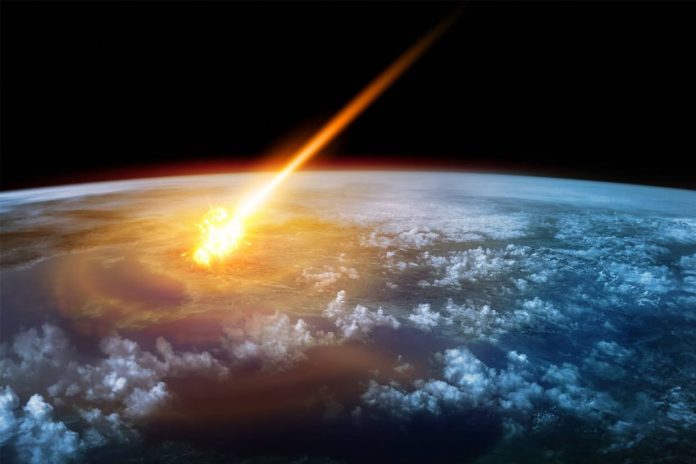The discovery, which was published in the journal Earth and Planetary Science Letters, focused on the formation of cubic zirconia at sight of the impact, which is now known as the Mistastin crater. The crater, which is home to Mistastin Lake, was found to contain the crystalline cubic zirconia, which was formed from the abundant mineral zircon. Because researchers already know that such a feat is only possible when temperatures top 2370 degrees Celsius, it’s a rather simple connection to make.
Still, the discovery is significant for a number of reasons. Most notably, science has never had evidence that such incredible temperatures had ever occurred on the surface of the planet under natural circumstances. It’s not hard to imagine that an impact from a massive space rock would generate intense heat, but humans have never exactly been in a position to measure how much heat energy such a strike could generate.
The meteorite that created the Mistastin crater is thought to have been some 228 kilometers across, which is an extremely large body. If such a rock were to strike the Earth today, it would cause devastation on a scale that we likely can’t even imagine, but at least now we know what kind of heat an event like that would create. In short, you wouldn’t want to be anywhere near it.















